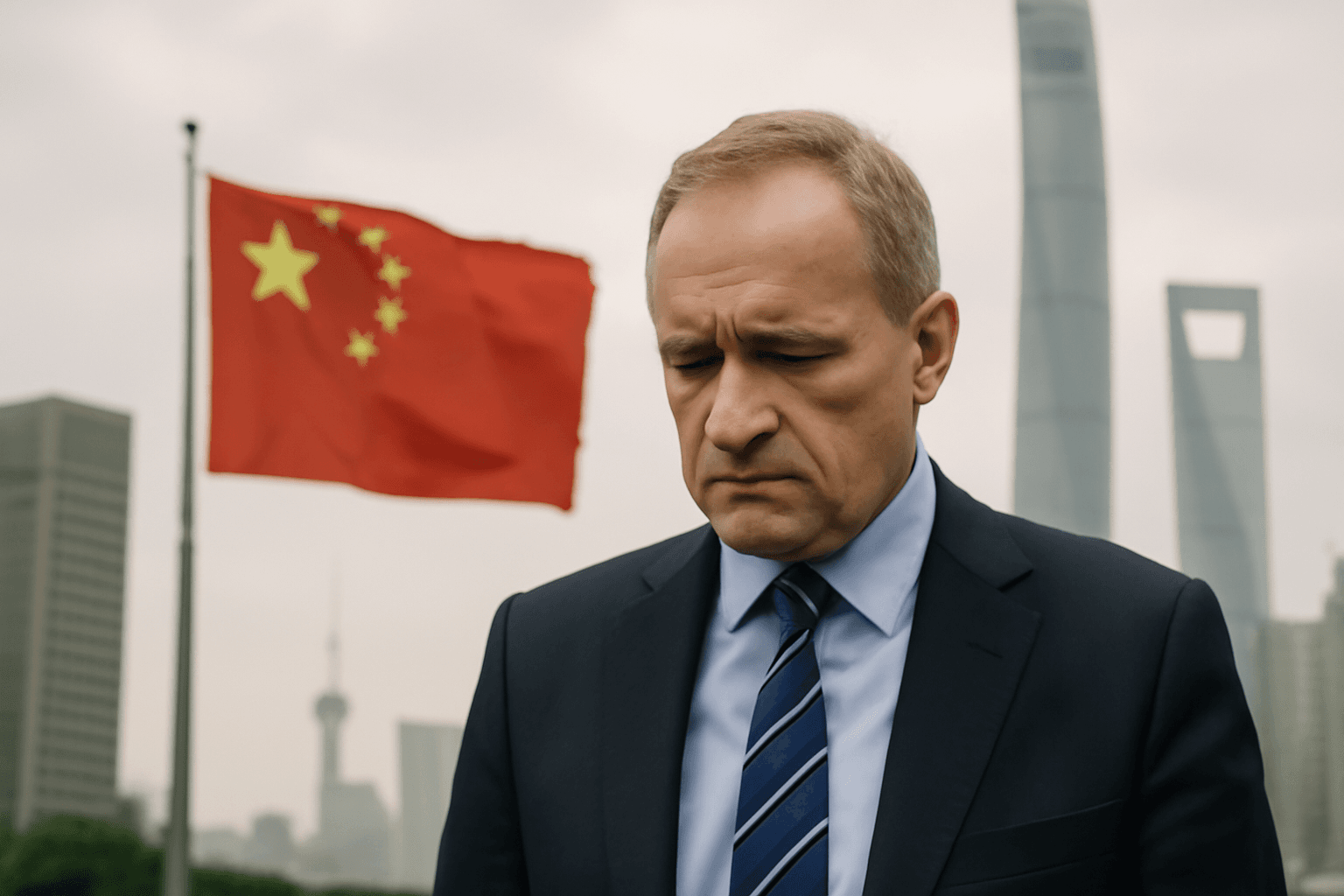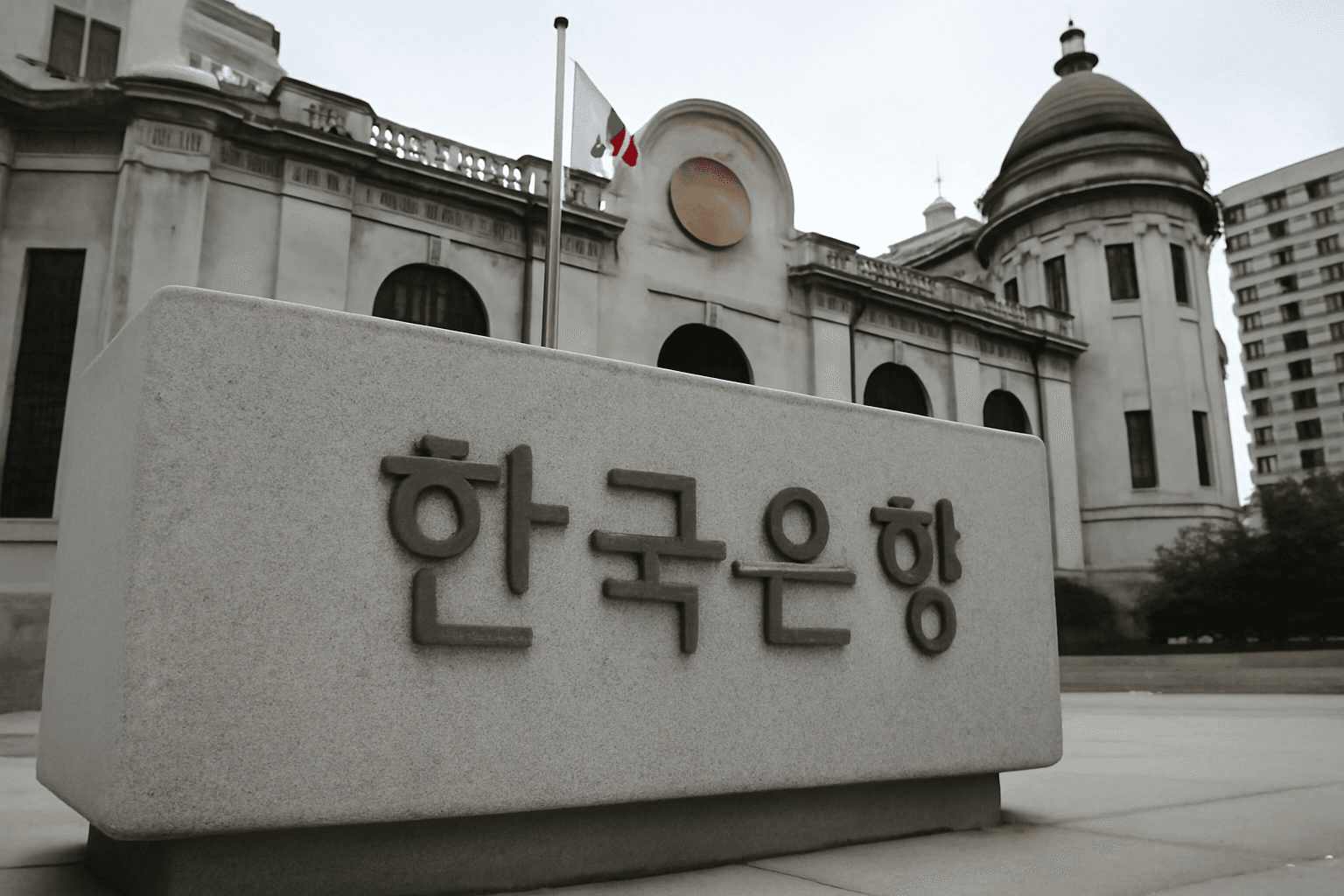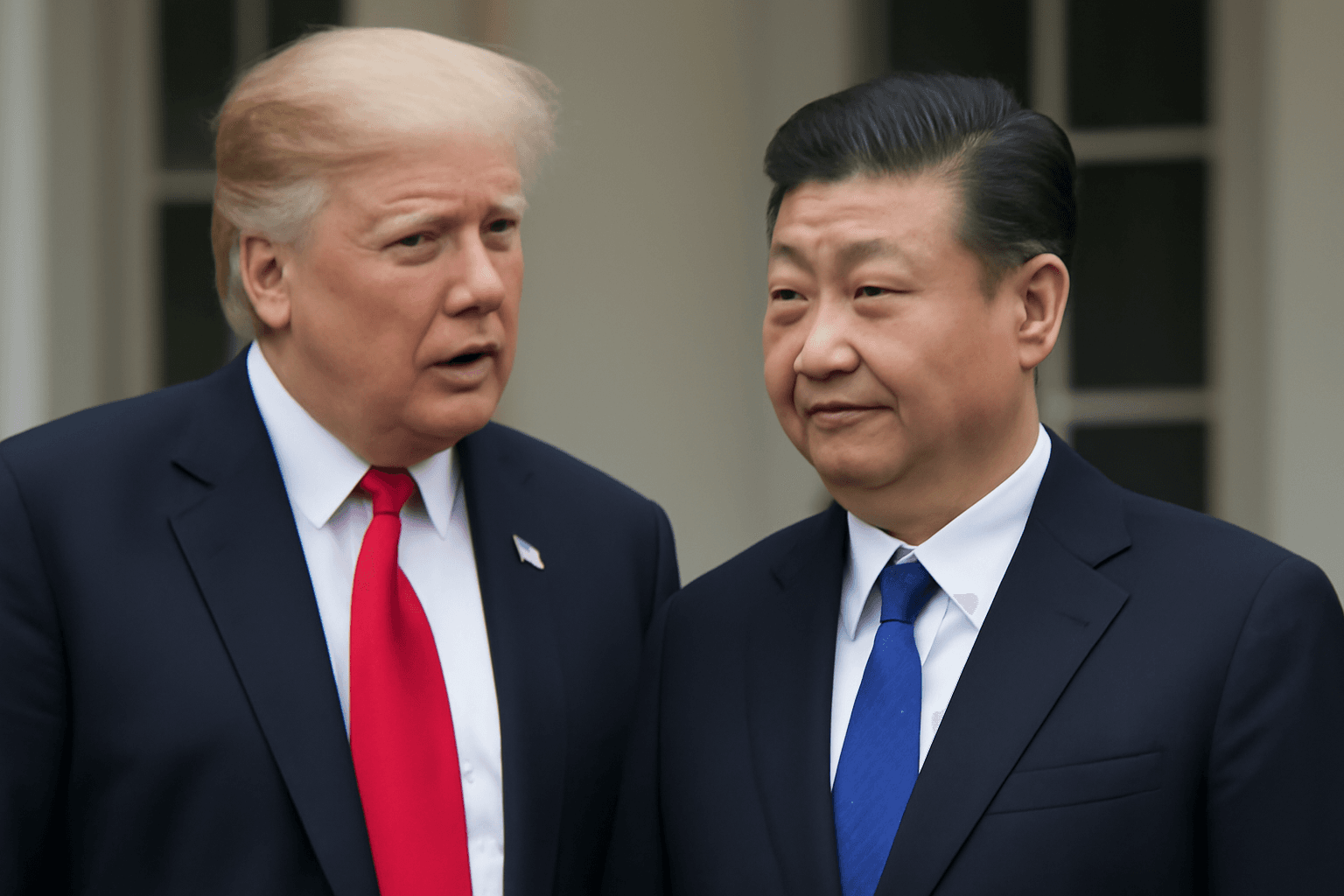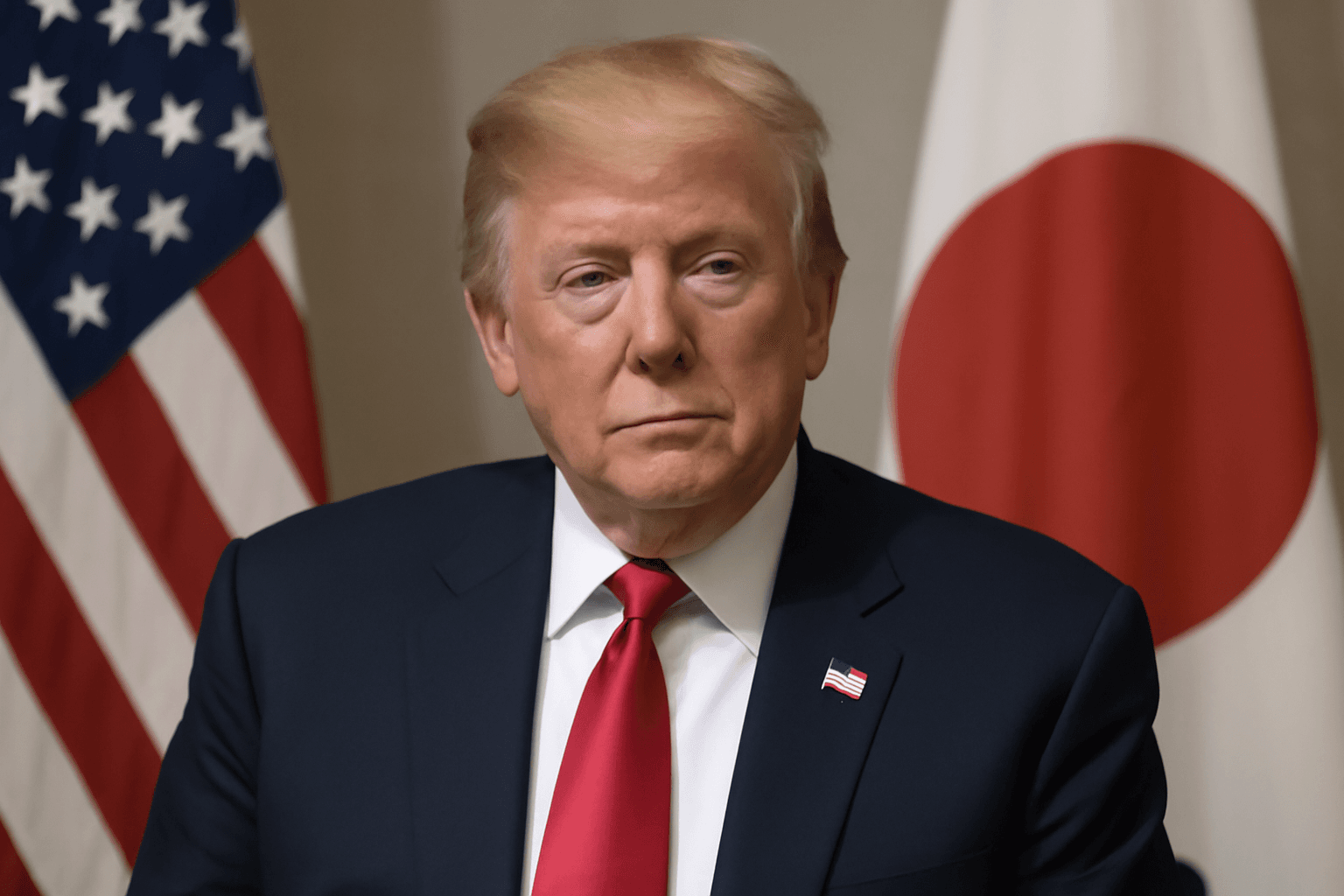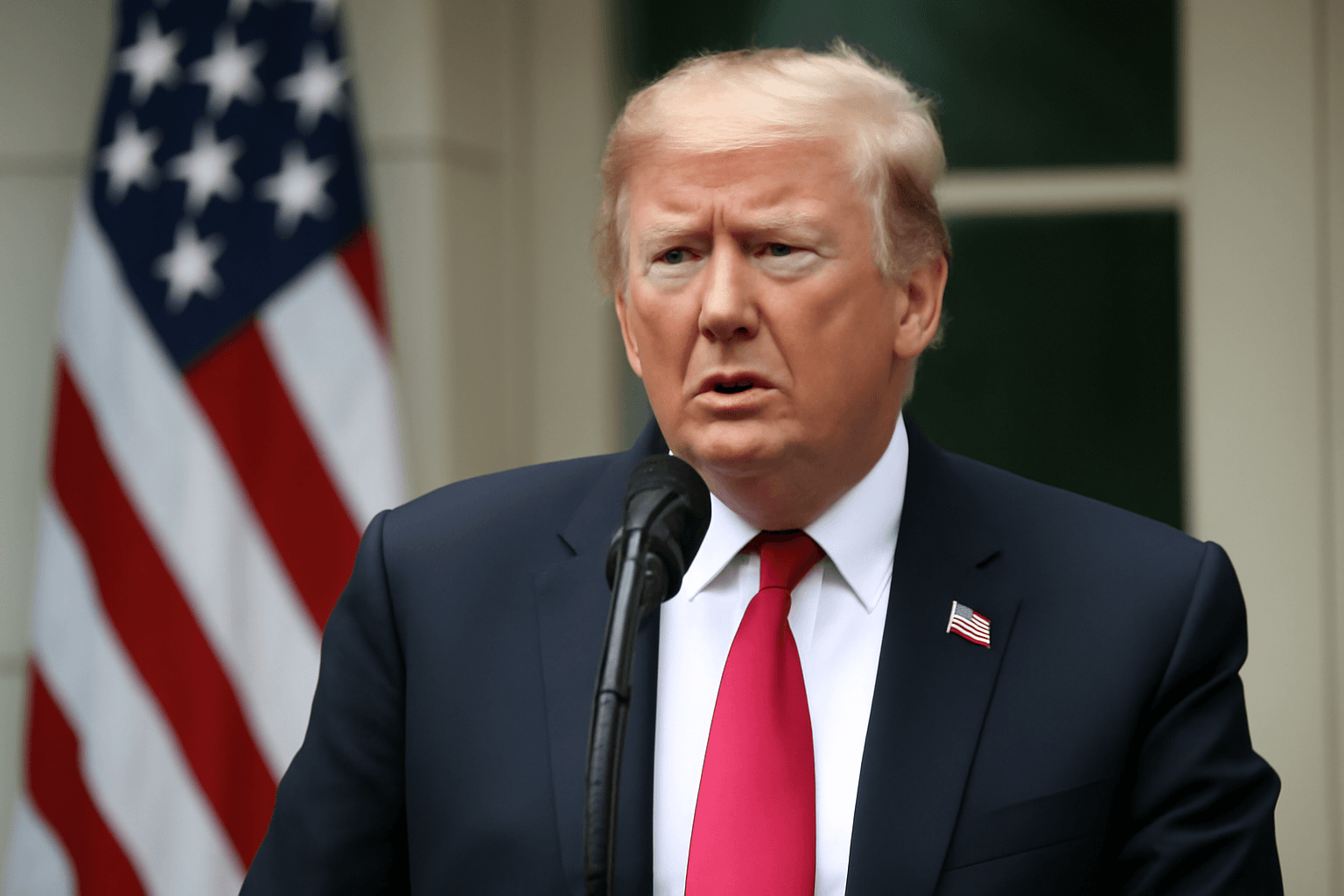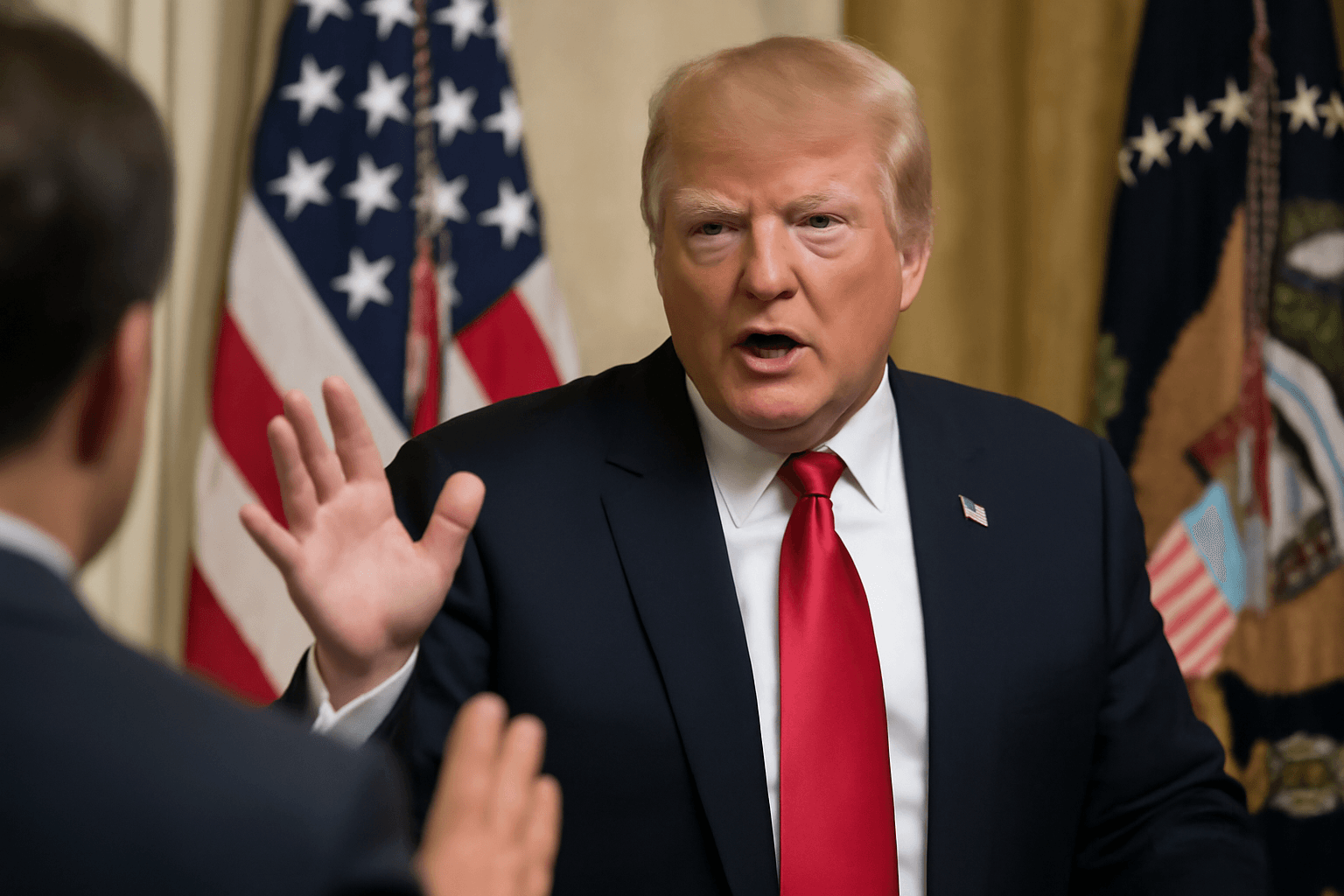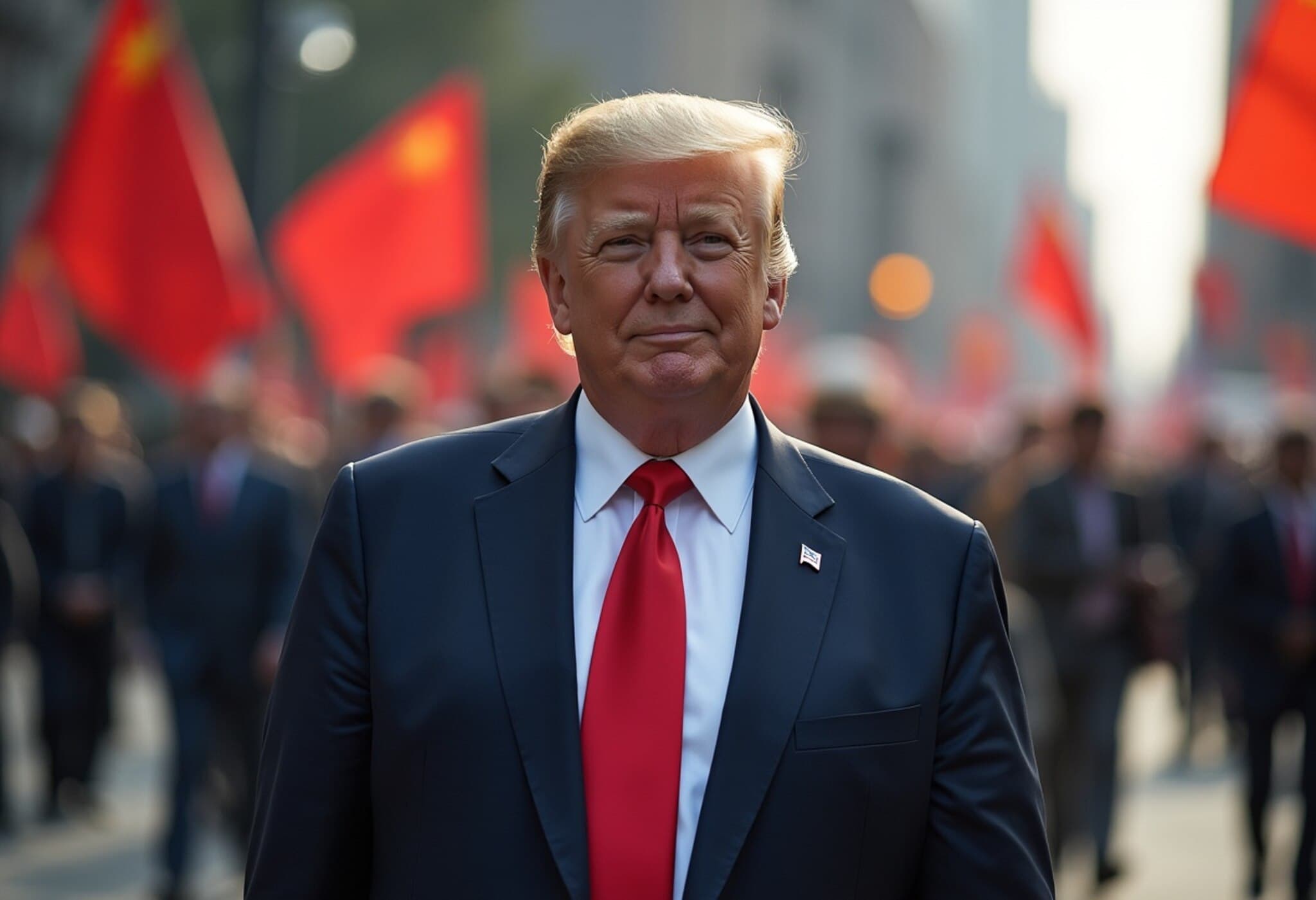South Korea's Economy Rebounds in Q2 2025
Defying concerns of a downturn, South Korea's economy expanded by 0.6% quarter-over-quarter in the second quarter of 2025, officially steering clear of a technical recession. This growth surpassed economists’ expectations, who had forecasted a 0.5% increase, marking a notable turnaround from a 0.2% contraction in the first quarter.
On an annual basis, gross domestic product (GDP) rose by 0.5%, a modest yet encouraging increase from the stagnant growth seen in the first quarter, where GDP growth registered at zero. This performance also slightly beat forecasts predicting a 0.4% expansion. These figures reflect a cautiously optimistic economic trajectory amid global uncertainties.
Drivers of Growth: Consumption and Exports Lead the Way
The uplift in economic activity was largely fueled by a surge in total consumption—combining both private and government spending—which grew by 0.7% compared to the prior quarter. This came on the heels of a contraction during the first quarter.
The government's expenditure increased by 1.2%, primarily driven by higher outlays on healthcare benefits, a strategic response to ongoing public health priorities. Meanwhile, private spending rose by 0.5%, buoyed by stronger demand for motor vehicles as well as increased participation in recreational and sporting activities—signs of rising consumer confidence and easing pandemic restrictions.
Robust Export Performance Amid Trade Challenges
Exports of goods and services surged by an impressive 4.2% quarter-over-quarter, supported by notable growth in key sectors including semiconductors, petroleum products, and chemicals. This export strength is particularly significant given South Korea's reliance on external markets, as exports constitute nearly 44% of its GDP in 2023.
However, the export outlook remains clouded by ongoing trade negotiations with the United States. Seoul is actively pursuing a trade deal to circumvent looming tariffs, which, if not resolved, could impose a 25% import duty on South Korean goods entering the U.S. starting August 1. The U.S. is South Korea's second-largest export destination, making these discussions critical for the country's economic health.
South Korea has firmly stated that modifications to beef and rice import regulations will not be used as leverage in these tariff talks, highlighting the sensitive nature of these agricultural sectors in bilateral relations.
Monetary Policy and Inflation: Balancing Growth and Stability
In its most recent meeting on July 10, the Bank of Korea (BOK) elected to maintain its interest rates, emphasizing financial stability amid a mixed economic backdrop. Although inflation edged slightly above target at 2.2% in June, surpassing the BOK’s 2% benchmark, monetary authorities are focused on sustaining steady growth while containing inflationary pressures.
The decision to hold rates steady reflects a nuanced approach, balancing the risks of inflation against the vulnerabilities exposed by slower growth forecasts. This delicate equilibrium highlights challenges faced by emerging and developed economies alike in a complex global environment marked by geopolitical tensions and supply chain disruptions.
Expert Insights: What This Means for South Korea’s Future
South Korea’s ability to dodge a technical recession is a testament to its diversified economy and robust industrial base. Experts note that while the expansion is modest, it could signal the beginning of a gradual recovery if export markets stabilize and domestic consumption continues to strengthen.
However, the looming tariff dispute with the U.S. represents a significant risk factor. Should tariffs come into force, they may dampen export growth and ripple across supply chains, potentially slowing down the positive momentum seen this quarter.
Additionally, the government's healthcare spending reflects broader investment in social safety nets that could support consumer confidence but must be balanced against fiscal prudence.
Looking Ahead: Key Questions for Policymakers and Businesses
- How will trade negotiations with the U.S. evolve, and what contingency plans exist if tariffs are applied?
- Can domestic consumption sustain growth if global demand softens?
- What role will monetary policy play as inflation fluctuates around the BOK’s target?
- How might increased government spending influence Korea’s long-term fiscal health?
Editor’s Note
This positive GDP growth in South Korea provides a cautiously hopeful snapshot in a challenging global economic climate. Yet, the interplay of trade tensions, evolving monetary policies, and domestic consumption trends underscores an uncertain road ahead. Investors, policymakers, and businesses alike must remain vigilant, assessing both risks and opportunities as the country navigates this critical juncture.



